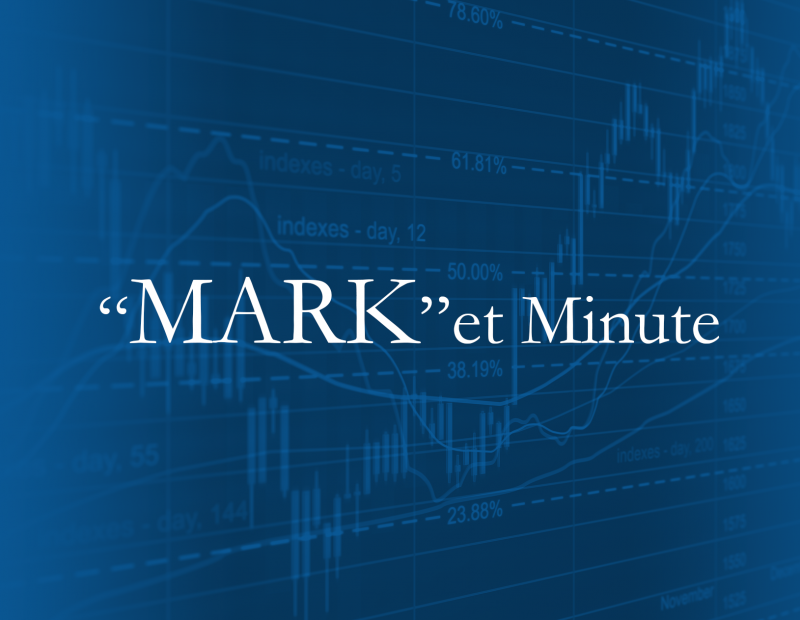Investment Commentary – January 4, 2017
Market Indices as of Market Close January 4th 2017
Dow 19,942.16 (0.30%)
S&P 2,270.75 (0.57%)
NASDAQ 5,477.00 (0.88%)
Gold 1,163.30 (0.11%)
Oil $53.36 (1.97%)
Growth
The final estimate of 3Q16 GDP showed acceleration in U.S. growth. Having accelerated from 1.4% growth in 2Q to 3.5% growth this quarter, the economy, while not racing ahead, is picking up steam. Gains in consumer spending, business fixed investment, inventories and exports were modestly offset by a decline in residential fixed investment and an increase in imports (which are a subtraction from GDP).
Jobs
The November employment report narrowly missed expectations, with the U.S. economy adding 178,000 jobs and the unemployment rate dropping 0.3% to 4.6%. The wage picture was tepid, rising only 0.1% over the month for production and nonsupervisory workers but declining for the private sector overall. As the labor market continues to tighten, the biggest risk in 2017 is that inflation surges caused by stoking an already warm U.S. economy with fiscal expansion. However, continued low wage growth suggests this threat is currently under control.
Profits
The 3Q16 earnings season saw overall earnings per share grow 13.8% year-over-year (90.4% of market cap reporting), the first positive growth in six quarters. Earnings raised a more modest 6.4% ex-energy, reflecting the strong contribution from energy companies, which benefited from more stable oil prices. This price trend, combined with more modest appreciation in the dollar, suggests continued upside potential for equities.
Inflation
Inflation is rising. November consumer prices continued to firm on the back of rising energy and shelter costs; headline CPI grew by 1.7% y/y, while the core measure grew at 2.1% y/y, the same pace as in October. The Federal Reserve’s (Fed) preferred measure of inflation, the Personal Consumption Expenditure (PCE) deflator, showed the core estimate growing 1.6% y/y for November. Markets-based indicators of inflation are also picking up, suggesting even greater increases in prices in the early part of 2017.
THIS DAY IN FINANCIAL HISTORY
January 4th, 2000: NASDAQ plunges a then-record 229.46 points, or 5.6%, to close at 3901.69. Internet stocks are hammered the hardest, as CMGI and Yahoo! each lose a third of their value today. Is it time for investors to get worried? No, market analyst Ralph Acampora of Prudential Securities declares flatly, the bull market isn’t over. He’s right (sort of): The bull market has all of nine weeks left to run.
The Wall Street Journal, January 5, 2000, p. C1.
The views presented are not intended to be relied on as a forecast, research or investment advice and are the opinions of the sources cited and are subject to change based on subsequent developments. They are not a recommendation, offer or solicitation to buy or sell any securities or to adopt any investments.
https://am.jpmorgan.com/blob-gim/1383280029130/83456/weekly_market_recap.pdf?segment=AMERICAS_US_ADV&locale=en_US
https://am.jpmorgan.com/blob-gim/1383280029532/83456/economic_update-01022017.pdf?segment=AMERICAS_US_ADV&locale=en_US


Leave A Comment